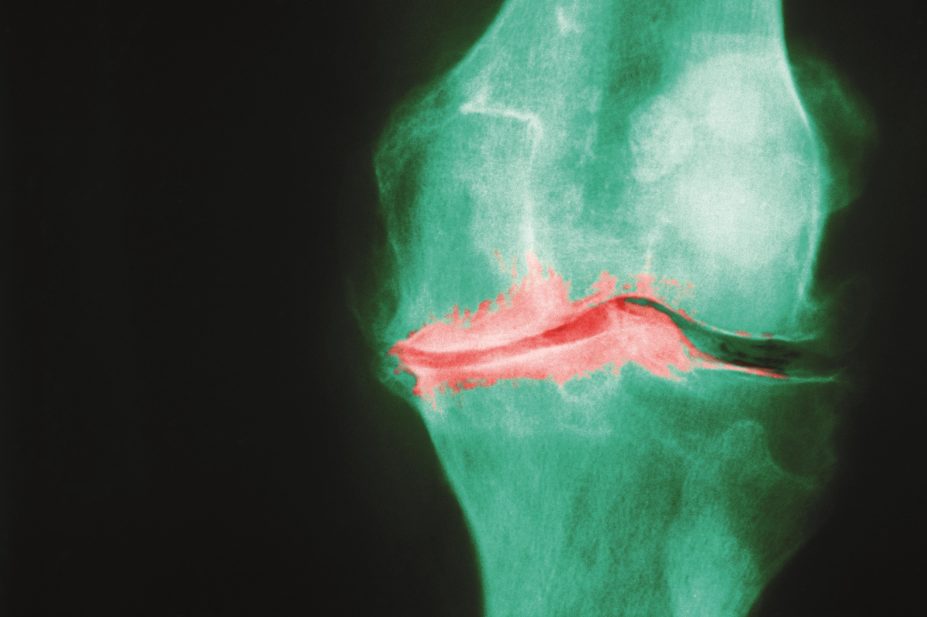
Shutterstock.com
A meta-analysis published in The BMJ
[1]
has cast doubt on the use of paracetamol as the first-line analgesic for spinal pain and osteoarthritis of the hip and knee, as is currently recommended in clinical guidelines.
An analysis of 13 randomised trials yielded high-quality evidence that paracetamol is ineffective for reducing pain and disability in people with lower back pain. Patients taking paracetamol were also around four times more likely to have abnormal results on liver function tests.
For osteoarthritis, paracetamol was found to provide a small, short-term benefit on pain and disability. But these small benefits were not likely to be meaningful to patients, say the researchers, who were led by Gustavo Machado from The George Institute for Global Health at the University of Sydney.
“This systematic review should inform clinical practice and policy with regard to first-line care of these patients,” the researchers write.
The findings add to controversy over the inclusion of paracetamol in recent guidance on osteoarthritis from England’s National Institute for Health and Care Excellence. It was already known that paracetamol had only a small benefit compared with placebo; furthermore, for optimal therapeutic benefit, regular doses of up to 4,000mg/day may be needed.
The authors of the present analysis conclude that paracetamol is ineffective for the treatment of lower back pain and provides minimal short-term benefit for people with osteoarthritis.
“These results support the reconsideration of recommendations to use paracetamol for patients with low back pain and osteoarthritis of the hip or knee in clinical practice guidelines,” they write.
However, Roger Knaggs, Royal Pharmaceutical Society pain management expert, says that the significance of the liver function finding is unclear and that paracetamol may still benefit some patients.
“There are other medicines, such as nonsteroidal anti-inflammatory drugs and opioids, which may provide better pain relief, but these are associated with a range of other side effects,” he says.
“All patients with back pain or osteoarthritis should remain as active as possible rather than taking long periods of rest. Anyone who has concerns about whether taking paracetamol could cause harm should discuss their concerns with their GP or pharmacist.”


